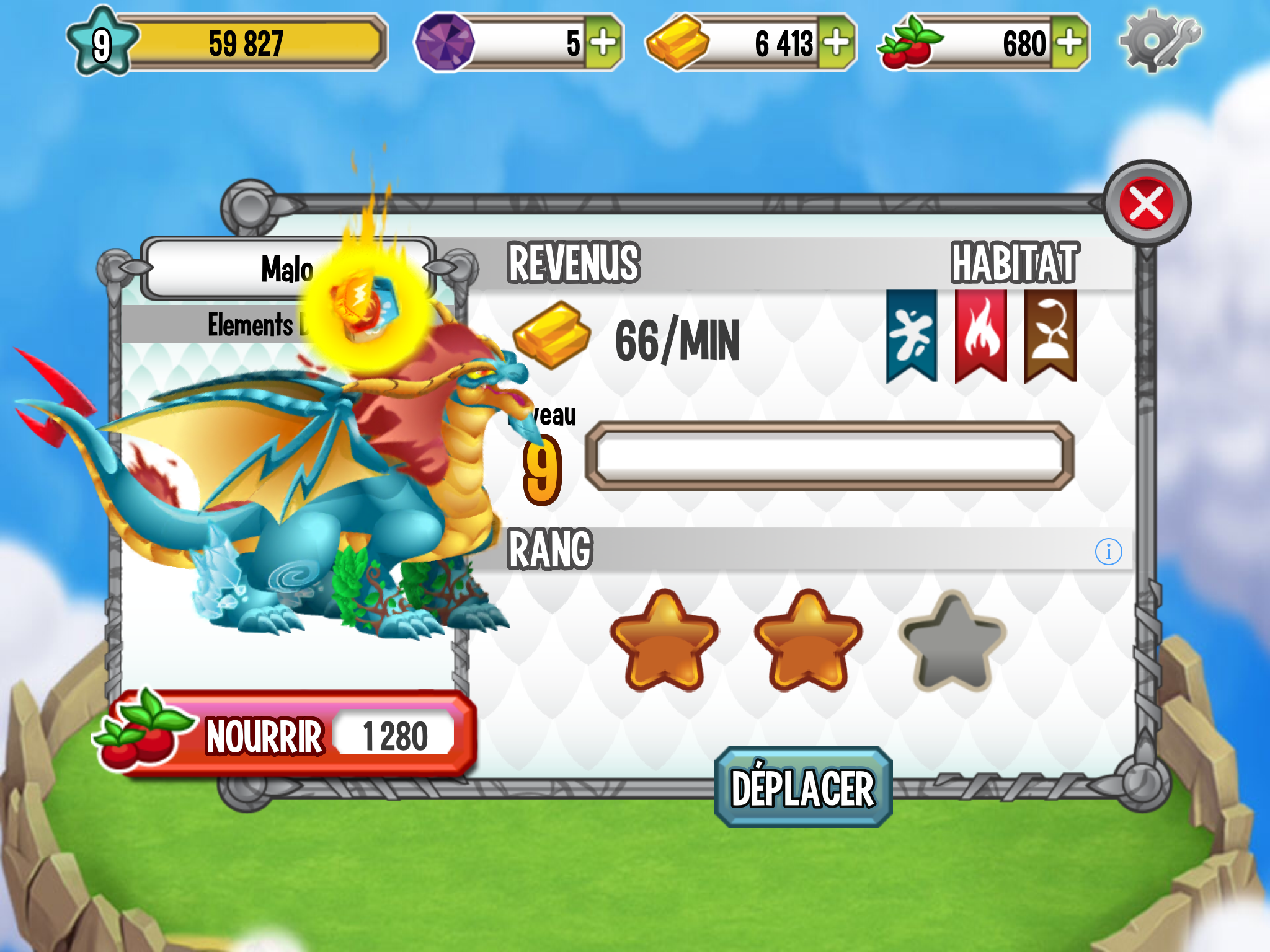
The kuçedra causes droughts and lives off human sacrifices. At this time it will learn how to use its formerly hidden fire-breathing abilities, and is now called a kulshedra or kuçedra (hydra). In its twelfth year, the bolla evolves by growing nine tongues, horns, spines and larger wings. Bolla appears in the coat of arms of the House of Bua Shpata. Bolla was worshiped as the deity Boa by the ancestors of Albanians, Illyrians. It devours the person, then closes its eyes and sleeps again. The Bolla does this until it sees a human.


This dragon sleeps throughout the whole year, only to wake on Saint George's Day, where its faceted silver eyes peer into the world. In the Albanian mythology * Bolla (also known as Bullar in South Albania), is a type of serpentic dragon (or a demonic dragon-like creature) with a long, coiled, serpentine body, four legs and small wings in ancient Albanian folklore. Its name means "big snake" in Afrikaans.Ī dragon-like serpent in Sotho mythology.Ī benevolent healer who resides in a clean dwelling. Īn elephant-sized serpent that dwells in a cave in Richtersveld, South Africa. In the Mwindo Epic, it made a blood pact with Nkuba, the Nyanga lightning god. It is described as a large animal with black hide, teeth like a dog, a huge belly, the tail of an eagle and seven horned heads. It can be shown with wings and sometimes has front legs.Ī dragon from the Mwindo Epic. The giant Snake or Serpent of Chaos from Egyptian mythology.Ī small mythical serpent or dragon. Despite being the protectress of the Soninke, she oppressed the people, which led to her being vanquished by a young warrior, leading to the collapse of the kingdom. Ayida-Weddo is also mentioned in Haitian Vodou.Ī loa featured in West African mythology in addition to African-American Vodou.Ī serpent of Soninke mythology. The Rainbow Serpent of Dahomey mythology.Ī loa in Dahomey mythology who is married to Damballa.


 0 kommentar(er)
0 kommentar(er)
